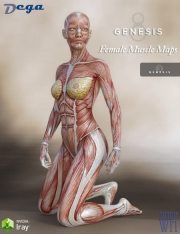
In biology, the term "hermaphrodite" is used to describe an organism that can produce both male and female gametes. These terms are no longer used, and terms including the word "hermaphrodite" are considered to be misleading, stigmatizing, and scientifically specious in reference to humans. Intersex people were categorized as either having " true hermaphroditism", "female pseudohermaphroditism", or "male pseudohermaphroditism". In the 19th and 20th centuries, some medical experts devised new nomenclature in an attempt to classify the characteristics that they had observed, the first attempt to create a taxonomic classification system of intersex conditions. Intersex people were previously referred to as " hermaphrodites" or "congenital eunuchs". Terms used to describe intersex people are contested, and change over time and place. A study published by Leonard Sax reports that this figure includes conditions such as Klinefelter syndrome (XXY) which most clinicians do not recognize as intersex, and that if the term is understood to mean only "conditions in which chromosomal sex is inconsistent with phenotypic sex, or in which the phenotype is not classifiable as either male or female", the prevalence of intersex is about 0.018%. Anne Fausto-Sterling and her co-authors suggest that the prevalence of "nondimorphic sexual development" might be as high as 1.7%. The number of births where the baby is intersex has been reported differently depending on who reports and which definition of intersex is used. Some persons may be assigned and raised as a girl or boy but then identify with another gender later in life, while most continue to identify with their assigned sex.

Other conditions involve atypical chromosomes, gonads, or hormones.


The number of births with ambiguous genitals is in the range of 1:2000-1:4500 (0.022% - 0.05%).

Sex assignment at birth usually aligns with a child's anatomical sex and phenotype. Intersex people are individuals born with any of several sex characteristics including chromosome patterns, gonads, or genitals that, according to the Office of the United Nations High Commissioner for Human Rights, "do not fit typical binary notions of male or female bodies". Participants at the third International Intersex Forum, Malta, in December 2013


 0 kommentar(er)
0 kommentar(er)
